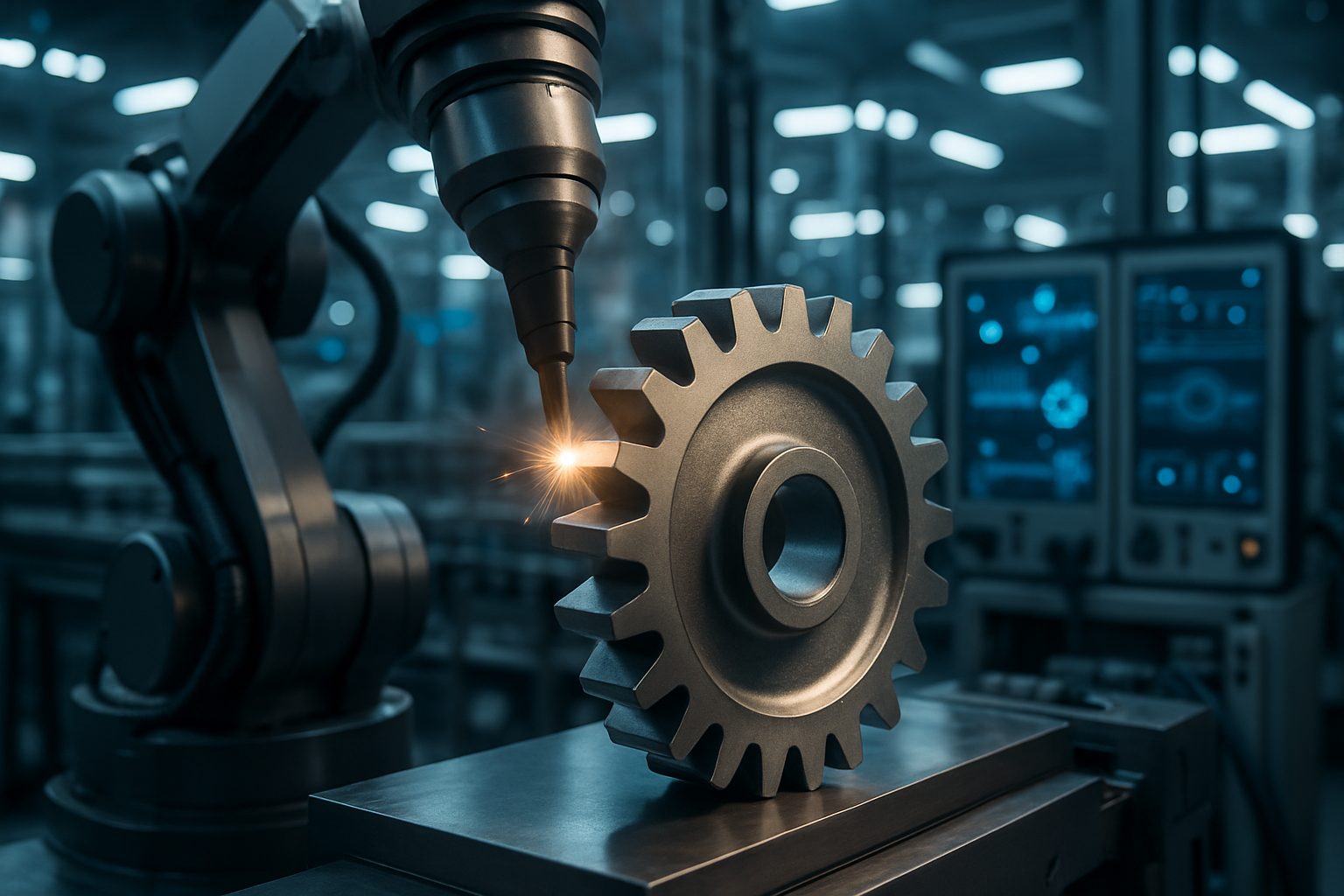CNC Machines: Smart Tools Transforming Modern Manufacturing
Computer Numerical Control (CNC) machines are the backbone of modern manufacturing, combining computer programming with robust mechanical systems to produce parts with repeatable precision. From prototyping to full-scale production, these systems automate cutting, milling, turning, and even plasma cutting tasks to reduce human error and increase throughput. For businesses and hobbyists alike, understanding how CNC machines work and how they fit into a larger equipment strategy helps inform smarter purchases, safer workflows, and more efficient production lines. This article explains core concepts, common technologies like plasma cutters, and how to choose the right machining equipment for your operation while keeping practical considerations in view.

What is a CNC machine?
A CNC machine is driven by software that converts a digital design into precise movements of tools and workpieces. Operators load CAD/CAM files and the controller interprets G-code to position spindles, heads, and tool changers. This automation enables complex geometries, tight tolerances, and consistent repeatability across hundreds or thousands of parts. CNC platforms range from small desktop routers used by makers to multi-axis industrial mills and lathes found on factory floors. The versatility of CNC machines makes them central to modern manufacturing and prototyping workflows.
How does manufacturing use CNC machines?
In manufacturing, CNC machines support a wide range of production models: one-off custom parts, small-batch runs, and high-volume assembly. They reduce manual setup time and human error while enabling just-in-time production and rapid iteration. Industries such as aerospace, automotive, medical devices, and consumer electronics rely on CNC machining for parts requiring dimensional accuracy and surface finish. By integrating CNC equipment with robotic material handling, inspections, and ERP systems, factories can scale processes while maintaining traceability and quality control.
Why choose a plasma cutter with CNC?
A plasma cutter fitted to a CNC gantry or table automates high-speed cutting of conductive metals like steel, stainless steel, and aluminum. CNC plasma cutters deliver quick kerfing for structural components, signage, and sheet-metal fabrication, and they excel at cutting thicker plates faster than many laser options at comparable cost points. Combined with nesting software, CNC plasma systems minimize material waste and shorten lead times. For shops handling heavy-gauge sheet work, pairing a plasma cutter with CNC control can significantly improve throughput and reduce manual handling.
How does CNC machining improve precision and efficiency?
CNC machining improves precision through computer control of position, speed, and tool paths, eliminating inconsistent hand movements and operator variability. Features like tool compensation, probing cycles, and adaptive feeds enhance accuracy and surface finish, while automatic tool changers and multi-axis capabilities reduce setups and secondary operations. Efficiency gains come from repeatable cycles, optimized cutting strategies, and integration with CAM systems that simulate machining to avoid collisions and reduce trial-and-error. The net effect is faster production, lower scrap rates, and predictable lead times.
How to select the right CNC equipment for your shop?
Choosing CNC equipment starts with understanding part size, material, tolerance, and production volume. Consider bed/work area dimensions, spindle power, axis travel, and available tooling. For sheet metal, evaluate plasma cutter capacity and nesting software; for precision components, look at mill/lathe rigidity, spindle RPM range, and multi-axis control. Factor in controls compatibility, maintenance needs, availability of local services, training, and spare parts. Budget realistically for fixturing, tooling, coolant systems, and safety enclosures to ensure the chosen machine meets real-world production demands.
Conclusion
CNC machines have reshaped machining and manufacturing by enabling precise, repeatable, and automated production across industries. Whether using a CNC plasma cutter for sheet-metal work or a multi-axis mill for intricate components, the right machine and supporting equipment can cut costs, increase quality, and speed time to market. Careful assessment of part requirements, shop capabilities, and workflow integration ensures that a CNC investment aligns with operational goals and delivers measurable improvements in efficiency and consistency.






